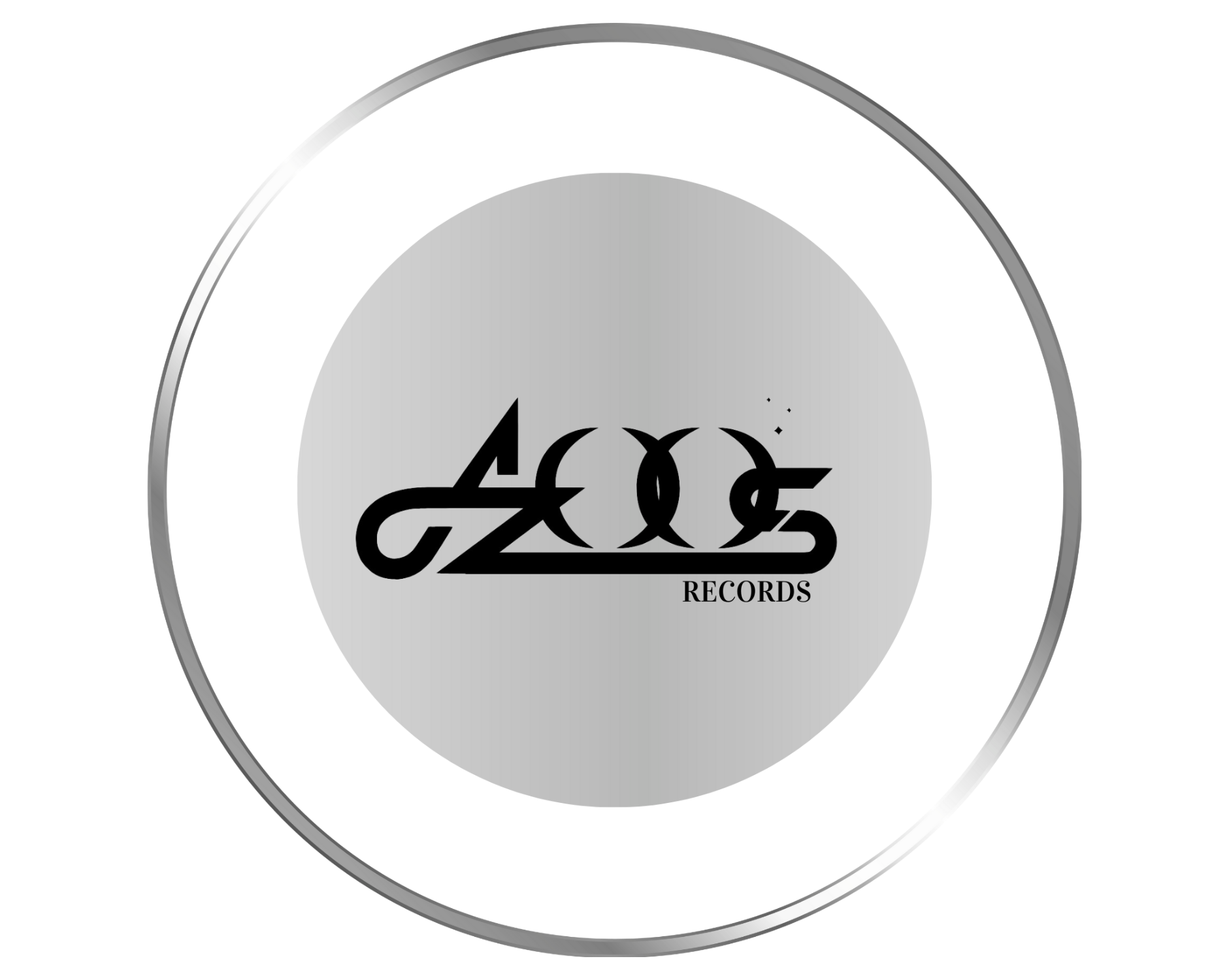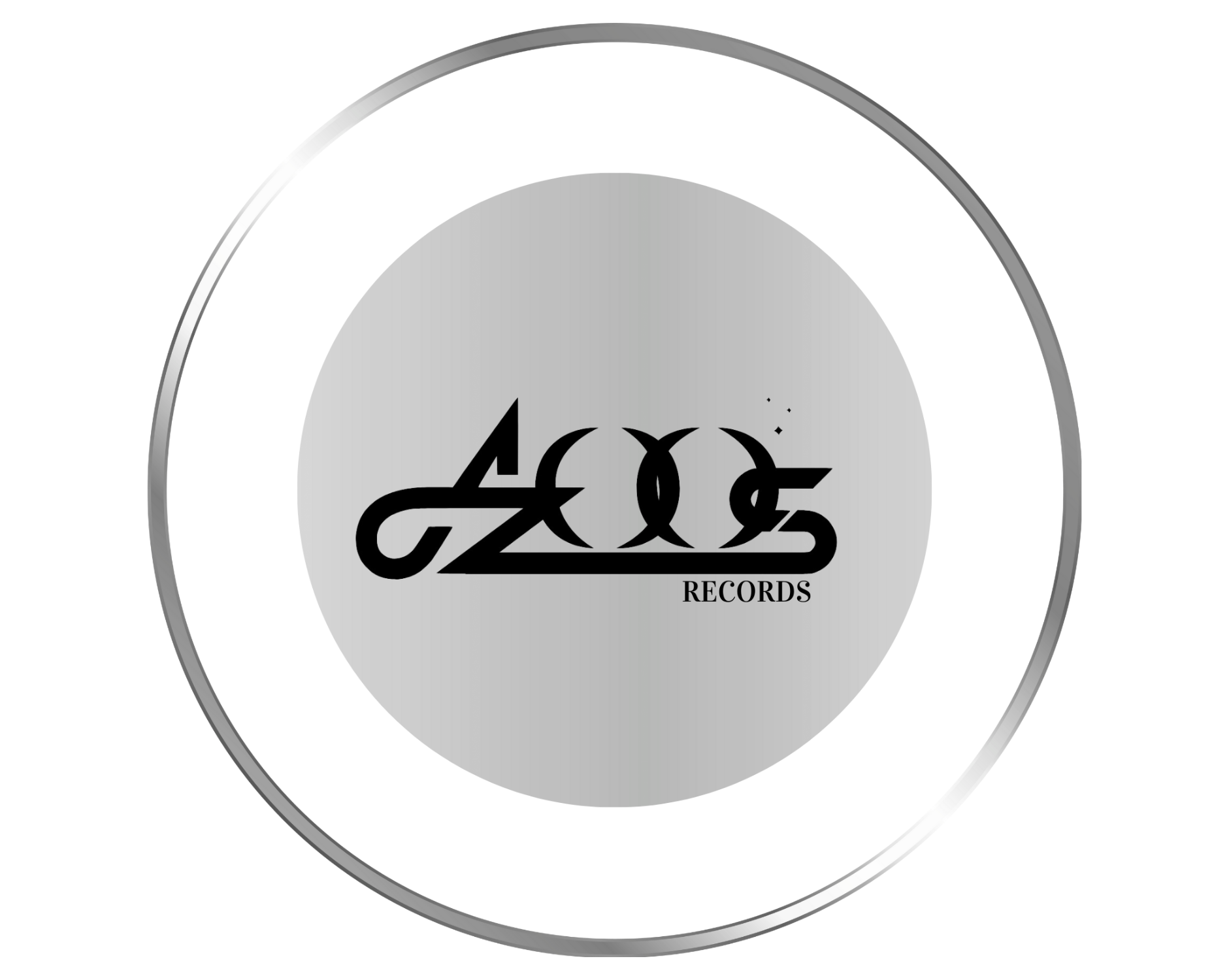You need to record a sales return journal entry in your accounting books. To account for a return, reverse the revenue and cost of the good recorded in the original sale. In accounting parlance, nominal accounts are transactions that report revenues, expenses, gains and losses.
If a business has any returns, allowances, or discounts then adjustments are made to identify and report net sales. They can often be factored into the reporting of top line revenues reported on the income statement. ABC Co. offered the company a $30,000 sales allowance, which the customer accepted. Therefore, the journal entries for sales allowances provided to RST Co. are as follows.
Thus, these accounts are recognized in the income statement and allocated to the computation of company expenses and income. It is categorized as a permanent account, alongside Notes Payable, Loans Payable, Interest Payable, Rent Payable, Utilities Payable, and other sorts of payables. As a result, income statement accounts are transient and must be closed on a regular basis. In this article, we are going to discuss temporary accounts and all the important aspects related to it.
Are the Accounts Receivable Current or Non-assets?
- To close Sales, it must be debited with a corresponding credit to the income summary.
- In this case, the “sales returns and allowances” account is required for recording such transactions.
- Both discounts allowed and discounts received can be further divided into trade and cash discounts.
- The SRA normal balance is usually a debit balance, unlike sales accounts, which have a credit balance.
- The first section of an income statement reports a company’s sales revenue, purchase discounts, sales returns and cost of goods sold.
Cash discounts will go under Debit in the Profit and Loss account. The account would be to which the result applies at the close of the income and expense accounts. Some of the reasons why customers may return goods will include the following. John Freedman’s articles specialize in management and financial responsibility. He is a certified public accountant, graduated summa cum laude with a Bachelor of Arts in business administration and has been writing since 1998.
Closing Entries
A company that sells on credit must record an allowance for doubtful accounts. This allowance is an estimate of the company’s accounts receivable balance that it expects will ultimately remain uncollectible. Management determines this estimate by examining historical collection rates and trends in the general economy and industry. Sales returns are reductions in the company’s sales for returns the company is expecting or has received.
Revenue accounts – all revenue or income accounts are temporary accounts. These accounts include Sales, Service Revenue, Interest Income, Rent Income, Royalty Income, Dividend Income, Gain on Sale is sales returns and allowances a temporary account of Equipment, etc. Contra-revenue accounts such as Sales Discounts, and Sales Returns and Allowances, are also temporary accounts. In this case, the “sales returns and allowances” account is required for recording such transactions. Sales returns and allowances account is the contra account to sale revenues. To close these debit balance accounts, a credit is required with a corresponding debit to the income summary.
Accounting for Sales Returns and Allowances
Temporary accounts are zero-balance accounts that begin the financial year with a zero balance. The balance is apparent in the income statement at the end of the year and is afterward transferred to the permanent account in the form of reserves and surplus. Therefore, you might need to adjust your inventory cost to reflect the discount. You record the purchase by debiting your inventory account $10,000 and crediting accounts payable $10,000. If the payment was made on June 1 for a future month (for example, July) the debit would go to the asset account Prepaid Rent.
Accounts that are Permanent
Since your company did not yet pay its employees, the Cash account is not credited, instead, the credit is recorded in the liability account Wages Payable. The accounting for sales returns and allowances is very straightforward. The sales return and allowances account under the periodic inventory system is recorded the same way as under the perpetual inventory system. However, the only difference is the additional entry to reduce the cost of goods sold with the correspondence increase of merchandise inventory under the perpetual inventory system. Net sales revenue is equal to gross sales revenue minus sales discounts, returns and allowances.
Both discounts allowed and discounts received can be further divided into trade and cash discounts. A high or increasing percentage can reduce profits and undermine operational efficiency. In order to clearly understand the accounting for sales returns and allowances, let’s go through the example below.
Is Rent Income a Temporary Account?
This information directly affects a company’s gross and operating profit. A purchase discount is a small percentage discount a company offers to a buyer to induce early payment of goods sold on account. Some companies may not have sales returns and allowances account for some reasons, e.g. they do not have many transactions, so it is not worth keeping track. In this case, the company usually directly debit sales revenue and credit accounts receivable to reverse the original sale transactions when there are sales returns. AccountDebitCreditSales Returns and AllowancesXAccounts ReceivableXThe entries show that as your returns increase, your assets decrease.
All returned items and items subject to discounts/allowances must be reflected in the company’s income statement. These returns and allowances, in turn, reduce either credit sales, accounts receivable, or cash in the company’s balance sheet. Sales returns refer to actual returns of goods from customers because defective or wrong products were delivered. Sales allowance arises when the customer agrees to keep the products at a price lower than the original price. Purchases will normally have a debit balance since it represents additions to the inventory, an asset. The contra account purchases returns and allowances will have a credit balance to offset it.
When a company sells a product or service to a customer, it will use the journal entries below. Sales returns and allowances is a deduction from sales that shows the sale price of goods returned by customers, as well as discounts taken by them to retain defective goods. When this amount is large in proportion to total sales, it indicates that a business is having trouble shipping high-quality goods to its customers. When customers accept damaged products in return for a discount on the selling price, these accounting entries are made. Therefore, sales returns are goods that customers return to a company. In other words, it is the goods received from a customer due to various reasons.
Like sales returns, companies have to record sales allowances separately. Sales are purchases of the company’s goods or services by customers. For companies using accrual accounting, this includes both cash payments and payments made on account. The sales account, otherwise known as the revenue account, is found at the top of the company’s income statement. However, at the end of every account period the sales account is closed to equity as part of the closing process. Therefore, the aggregation of sales over the company’s history is found in the equity accounts.
- Another difference between the two lies in how they are recorded in the financial statements.
- For many retailers, sales returns is a significant management estimate.
- Debits and credits increase and decrease the “sales returns and allowances” account, respectively, because it is a contra account that reduces the sales amount on the income statement.
- Companies must also present the sales returns and allowances figures in the financial statements.
Expenses normally have debit balances that are increased with a debit entry. The original sales journal entry is the same as the periodic inventory system. As mentioned above, under the perpetual inventory system, there is an additional entry to record the reduction of cost of goods sold and the increase in merchandise inventory. It is essential to appreciate that a negative credit balance can also be generated in the income statement account in case the company has lost money. In this situation, using the capital or profit account or, in the worst case, accessing financing to cover the negative result is expected.
A debit increases accounts receivable, which is an asset account. For example, assume your small business sold $100 in products to a customer who will pay the invoice at a later date. Debit $100 to accounts receivable and credit $100 to the sales revenue account. When a business sells products or goods, there is the possibility of a return by its customers due to faulty or obsolescence within the agreed timeframe. The accounting for sales return and allowances is straightforward and the difference between a perpetual inventory system and a periodic inventory system. Accounts, such as earned interest, sales discounts, and sales returns, are considered temporary accounts for accounting purposes.
The SRA normal balance is usually a debit balance, unlike sales accounts, which have a credit balance. Recording sales returns and allowance is straightforward after knowing their accounting treatment. However, it is crucial to understand how companies account for their sales first.
Sales returns and allowances are not expenses, but they are recorded as deductions from a company’s gross sales. This account has a negative or debit balance, so it is also called a contra-revenue account. Companies use various tactics to increase their sales and revenues. As mentioned, some companies offer credit sales which can increase these numbers. Some others may also provide customers with various allowances or offer them sales returns.

